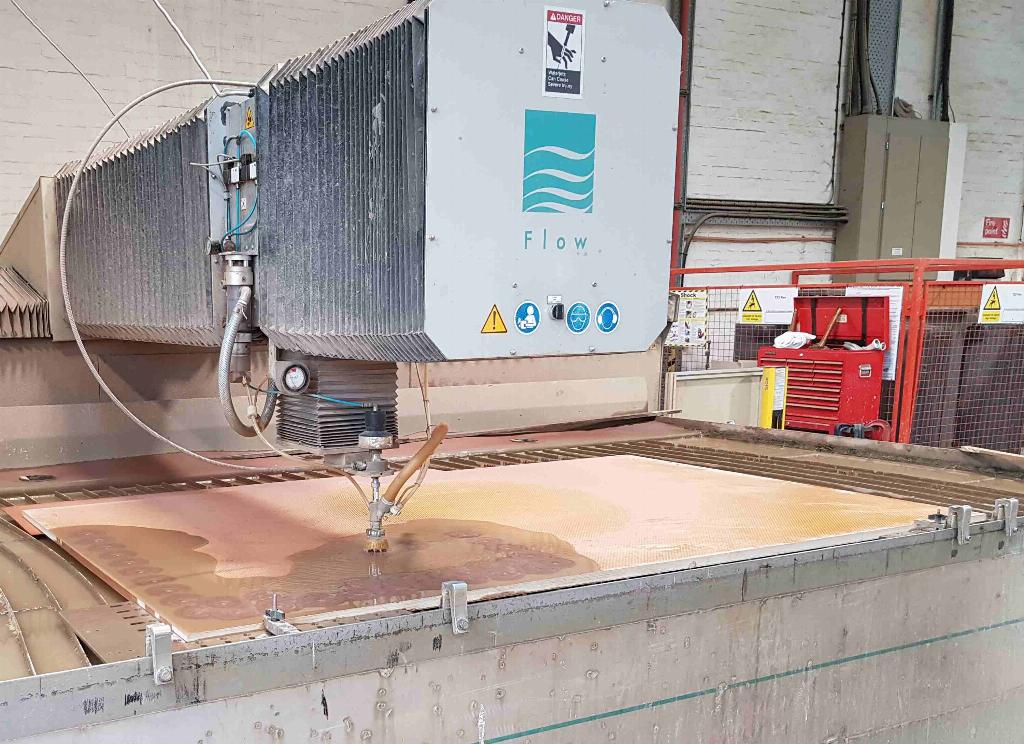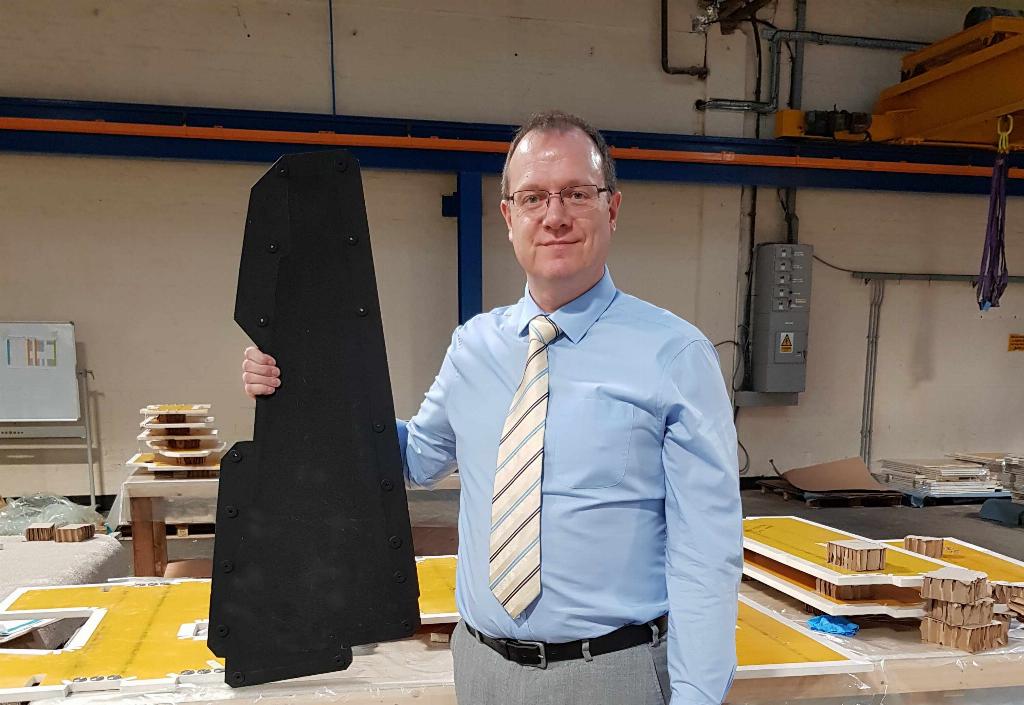When ballistic protection is a must

Permali Gloucester is a world leader in the manufacture of composite materials for the aerospace and defence markets, Ian Parker hears more about the company’s ballistic protection solutions.
Military helicopters are often tasked to go where no other military vehicle could venture. They are excellent for putting personnel and equipment right into the action and for getting them out again. But they are vulnerable to attack by weapons including small arms. Complete protection is impossible, but it is possible to go some way towards it with ballistic protection material on some parts of the aircraft.
In the Vietnam war, the US lost about 5,000 helicopters to small-arms fire. This is defined as munitions containing projectiles that are 0.5 inches or less in calibre and no longer than approximately 4 inches. They are fired from various sizes of weapons, such as pistols, carbines, rifles, automatic rifles, shotguns, and machine guns.

For example, last June a French Aerospatiale SA341 Gazelle observation and light attack helicopter crashed during operations in North Africa. The French Army Light Aviation (Aviation Légère de L'Armée de Terre: ALAT) helicopter was reportedly hit by small-arms fire while flying near the border of Mali and Niger on Operation 'Barkhane'. All three personnel onboard were immediately rescued.
Following a controlled crash landing, the two pilots were strapped to the landing gear of an Airbus Tiger attack helicopter. The third person, a special forces soldier, destroyed the damaged Gazelle before being rescued in another helicopter. France has been engaged in a counter-terrorism campaign throughout the Sahel-Sahara region of northern Africa since 2012, with helicopters supporting the core of combat and air mobility operations.
Helicopters are expensive and complex and their vulnerability has led to controversy in recent years. The downing of them with rounds less than half an inch in diameter does not sit well with the military top brass, the bill payers or the people on board. These days, ballistic protection is a ‘must’ on military rotorcraft.
Making material gains
The UK’s Permali is an expert in this and recently won a £2 million contract to supply ballistic protection to the Royal Navy’s Commando Merlin Mk4 helicopters. The contract is with Leonardo, which builds the rotorcraft, and covers 12 ship sets as well as some spares. It will keep Permali busy till the end of March and result in some six new jobs. So, what is the protection made from and how is it produced?
“The core functional material is an ultra-high molecular weight polyethylene composite - effectively polyethylene fibres arranged in multiple layers and cross-plied,” begins company special projects director, Nick Baird. “They are processed at high pressure and temperature using a multi-daylight platen press. This consolidates the material into a panel. The material is Honeywell Spectra Shield, although Permali also uses the competing DSM Dyneema product for other projects.
Permali then bonds on GRP skins to provide impact and wear resistance. The company uses a water jet cutter to create the various panel sizes and shapes. They are nested together on the pressed panels so that material utilisation is as high as possible. Nesting software is used to get the most efficient arrangement. The material is expensive, so waste is kept to a minimum. The edges are sealed and various inserts are added for attachment points to the aircraft.
“Up to this point, manufacturing is machine intensive, but then it becomes more labour intensive with the finishing operations - sealing the edges, boding in inserts, painting, etc.”

Permali has supplied previous generations of the Merlin with similar kits as well as RAF Pumas and Chinooks. The company has also supplied Boeing for some of its export customers of the Chinook.
The protection is modular, allowing different role fits according to mission. It can add up to around 450kg to the weight of the aircraft, but Permali is not allowed to say what calibre of round the panels will stop. That’s classified. The panels are about a third of the weight of steel ones for the same level of protection.
The fibres have very high tensile strength and the faster they are stretched, the stronger they get. When the round hits, the panel deforms and absorbs the energy.
“We are delighted to continue our close relationship with Leonardo Helicopters, and are honoured to be entrusted with the protection of British military personnel. The majority of the UK’s Joint Helicopter Command aircraft rely on Permali’s composite ballistic protection expertise, including the Chinook, Puma and Merlin fleets.”
The strongest link
Ultra-high-molecular-weight polyethylene is a type of polyolefin. It is made up of extremely long chains of polyethylene, which all align in the same direction. It derives its strength largely from the length of each individual molecule (chain).
The bonds between the molecules are relatively weak for each atom of overlap between the molecules, but because the molecules are very long, large overlaps can exist, giving the ability to carry larger shear forces from molecule to molecule. Each chain is bonded to the others with so many Van der Waals bonds that the whole of the inter-molecular strength is high. In this way, large tensile loads are not limited as much by the comparative weakness of each Van der Waals bond.
When formed into fibres, the polymer chains can attain a parallel orientation greater than 95% and a level of crystallinity from 39% to 75%. In contrast, Kevlar derives its strength from strong bonding between relatively short molecules.
The need for ballistic protection on military helicopters is clear, but it may be increasingly applicable to civil and para-public helicopters in areas where guns are numerous. The panels are positioned mainly to protect the occupants so flooring and doors are frequently involved, but other vital systems on the rotorcraft may also be protected as a round through a fuel line or electrical system can lead to an aircraft being lost.
Helicopters are often on the front line and are very much ‘in harm’s way’ aircraft. Ballistic protection is one of several techniques for aiding their survival.












